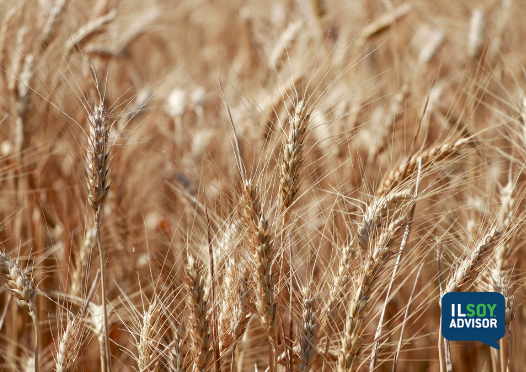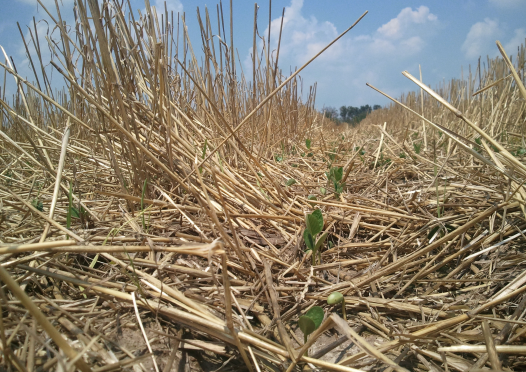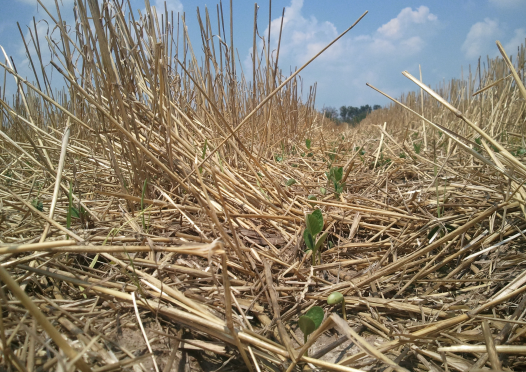ILSOYADVISOR POST
Agronomy: Planning for Double-Crop Soybeans Starts Now
In spite of production-related challenges associated with the wheat/double-crop soybean system, favorable economics associated with two-crop rotation make it worthy of consideration for many operations.
While budget information indicates the possibility of favorable returns, the overall competitiveness of the system hinges on maximizing returns from both crops, not just one of the two. It is interesting, however, that most of the information available to producers today is crop specific instead of a “systems approach” as with the double-crop rotation. To learn more about the possibility for improved profitability, University of Illinois 2016 budget projections are available on line at http://www.farmdoc.illinois.edu/manage/2016_crop_budgets.pdf.
Knowing that timing and weather conditions always play a major role in the success of double-crop soybeans, planning for that crop when you plant wheat is critical.
Make sure soil tests are up to date and correct pH problems if necessary. Apply phosphorus (P) and potassium (K) according to soil test values. In most cases it’s more practical to apply P and K fertilizers for both crops in the fall rather than make an additional application ahead of double-crop soybeans. And don’t make the mistake of fertilizing only the wheat crop and letting the soybean scavenge for the leftovers. The soybeans will scrounge for leftovers, but more than likely they’ll come up short.
Although some folks advocate fertilizing at the time of planting soybeans, U of I research conducted over 3 years at 3 sites across southern Illinois found no advantage to this practice. In situations where soil test levels are very low, results from split applications could differ, before each crop can make a difference.
There a few other possible advantages to a single fertilizer applications in the fall. It saves time and cost of a second pass. It also reduces any risk of compaction when the double-crop soybeans are planted and soil conditions are wet. Finally, it increases nutrient availability by already having the fertilizers dissolved in the soil solution if it turns excessively dry after planting.
Seed selection for both wheat and double-crop soybean are also important considerations for the rotational system. While high yielding varieties are key, yield potential is not the only factor to consider, especially where wheat is concerned. Head scab (Fusarium Head Blight) has been a devastating disease across wide swaths of Southern Illinois during the last few years. In some cases, head scab resulted in DON levels so high that production from some fields has been unmarketable. While there is not complete resistance to head scab, there is tremendous variation in susceptibility between varieties. Variety specific information related to location, yield and Fusarium head scab ratings can be accessed at: http://vt.cropsci.illinois.edu/wheat.html. A soybean variety of suitable maturity for the specific location with good agronomic traits is also important.
With proper planning and cooperation from Mother Nature, the wheat/double-crop soybean rotation can continue to benefit IL producers.
John Pike is a research agronomist at the University of Illinois Dixon Springs Agricultural Center. Contact John here.




Comments
Add new comment